Triangular Arbitrage Calculator
Test if triangular arbitrage opportunities exist between three trading pairs. Enter the exchange rates for BTC/ETH, ETH/LTC, and LTC/BTC to see if you can profit from price discrepancies.
Enter values above to see results
Arbitrage isn’t some secret hedge fund trick-it’s just buying something cheap in one place and selling it for more in another. Simple, right? But in crypto, what you’re actually buying and selling depends entirely on trading pairs. And that’s where things get interesting.
What Trading Pairs Actually Do
A trading pair is just two assets you can swap. BTC/USDT means you’re trading Bitcoin for Tether. ETH/BTC means you’re exchanging Ethereum for Bitcoin. These pairs aren’t random-they define the market’s language. Every price you see is tied to one of these relationships. And arbitrage? It lives in the gaps between them. When Bitcoin trades at $62,000 on Binance but $62,300 on Kraken, that’s not a typo. It’s a trading pair mismatch. The same asset, two different prices. That’s exchange arbitrage. You buy on Binance, sell on Kraken. Profit. But only if you move fast. Delays of even two seconds can eat your margin. That’s why most traders use bots.Triangular Arbitrage: The Three-Legged Race
Exchange arbitrage is easy to understand. Triangular arbitrage? That’s where things get clever. Imagine you’re on Binance. You have BTC. You want to turn it into more BTC-without owning more Bitcoin. You do this:- Sell BTC for ETH (BTC/ETH pair)
- Sell ETH for LTC (ETH/LTC pair)
- Sell LTC for BTC (LTC/BTC pair)
Pairs Trading: When It’s Not About Crypto
You don’t need crypto for arbitrage. Pairs trading has been around since the 1980s. It’s how hedge funds made money before Bitcoin existed. The idea? Find two companies that behave the same way-say, Coca-Cola and Pepsi. They’ve moved together for years. One day, Pepsi drops 5% while Coke stays flat. That’s not normal. The historical relationship is broken. You short Pepsi (betting it’ll fall further) and buy Coke (betting it’ll catch up). When their prices return to their usual spread, you close both positions. Profit. No matter if the whole market goes up or down. This works because of something called cointegration. It’s not correlation-it’s deeper. Two stocks can move in sync even if they’re not perfectly correlated. The Augmented Dickey-Fuller Test checks this. If the test passes, you’ve got a pair that will revert to its mean. That’s your edge. In a 2002 study of U.S. stocks from 1962 to 2002, the top 20 pairs generated 11% annual returns. Utilities stocks were the best. Transportation and Financials came close. All statistically solid. This isn’t luck. It’s math.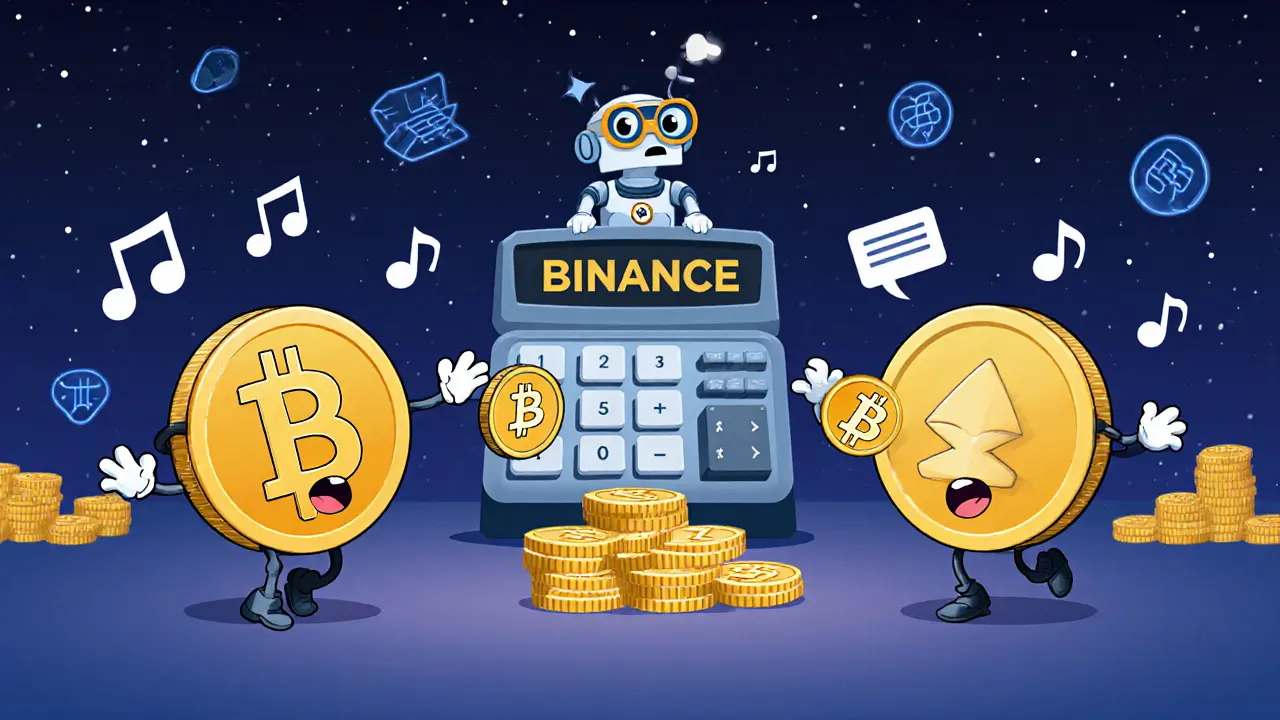
Decentralized Finance: The Wild West of Arbitrage
On centralized exchanges like Binance, prices come from order books. On decentralized exchanges like Uniswap, prices come from liquidity pools. That’s the gap. Say BTC is trading at $62,000 on Binance. On Uniswap, the BTC/USDT pool has more sellers than buyers. The price drops to $61,700. That’s your chance. You buy BTC on Uniswap. Sell it on Binance. Profit $300 per BTC. Simple. But here’s the twist: you can do this without owning any capital upfront. Flash loans let you borrow $10 million in USDT for a single transaction. You use it to buy BTC on Uniswap, sell on Binance, repay the loan-all in one block. The smart contract handles it. If the math doesn’t work, the whole thing reverses. No loss. No risk. Just profit. This is why DeFi arbitrage bots are so powerful. They scan dozens of DEXs and CEXs every millisecond. They spot these gaps. They act. And they’re getting smarter.Spot vs. Derivatives: The Funding Rate Trick
Perpetual futures contracts on Binance or Bybit don’t have expiry dates. They’re always open. To keep their price close to the spot price, exchanges use something called funding rates. If perpetual BTC futures trade at $62,500 while spot is $62,000, longs pay shorts. The rate might be 0.01% every 8 hours. That’s $62 per BTC per day. Arbitrageurs exploit this. They buy spot BTC and short the perpetual contract. They collect the funding rate every 8 hours. If the spread stays wide, they make money. If spot catches up? They close both positions. Either way, they profit. This strategy works because spot and derivatives are different trading pairs with different mechanics. One reflects real demand. The other reflects leverage and sentiment. The gap between them? That’s your opportunity.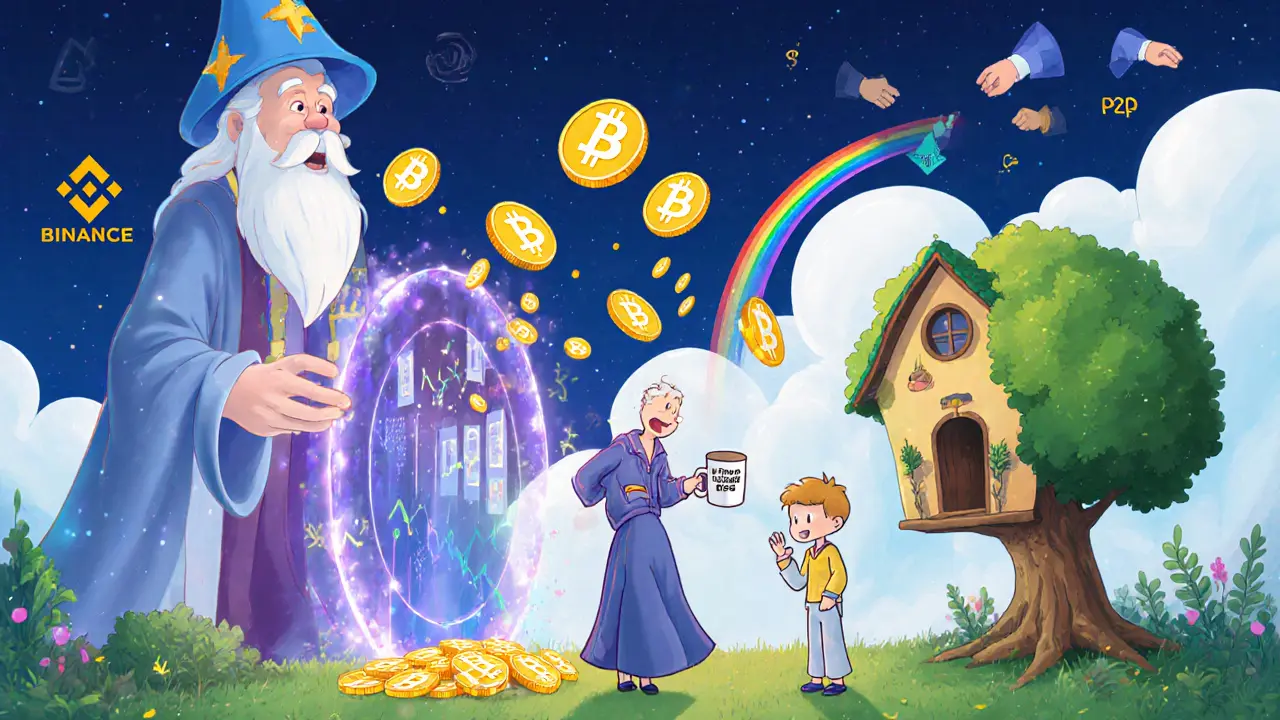
P2P Arbitrage: The Human-Made Gap
On P2P platforms like LocalBitcoins or Paxful, prices are set by individuals. Someone wants cash fast? They’ll sell BTC for $59,000. Someone with cash to spend? They’ll pay $61,000. You can set your own buy and sell orders. Offer to buy BTC at $59,500. Offer to sell at $60,500. If the market is at $60,000, someone will take your buy or sell order. You make $500 profit per BTC, no matter which side triggers. It’s not high-speed. It’s not automated. But it’s real. And it works because P2P isn’t a market-it’s a collection of personal deals. That’s why price gaps here are wider than on exchanges.Why Most People Lose at Arbitrage
Arbitrage sounds like free money. But it’s not. Transaction fees. Slippage. Delays. Network congestion. Withdrawal limits. All of these eat into your profit. A bot might find a $200 gap-but after fees, you make $45. Backtesting matters. You need to simulate your strategy over months, not minutes. What’s your max drawdown? Your win rate? Your profit factor? If you don’t know, you’re gambling. And the market is getting faster. Five years ago, you could find arbitrage opportunities with manual checks. Now? They vanish in under 100 milliseconds. If you’re not using bots, you’re not competing-you’re watching.Where the Opportunities Are Now
The biggest arbitrage gaps today aren’t between big exchanges. They’re between:- New DeFi protocols and established CEXs
- Low-liquidity tokens on DEXs and their listings on centralized exchanges
- Stablecoin pairs (USDT vs. USDC vs. DAI) during market stress
- P2P markets in emerging economies with currency controls
Can you make money with arbitrage in crypto today?
Yes, but only if you’re fast, technical, and disciplined. Most retail traders lose money trying to do it manually. Successful arbitrage now requires bots, multiple exchange accounts, low-latency connections, and strict cost tracking. The profits are real-but the barrier to entry is high.
What’s the difference between exchange arbitrage and triangular arbitrage?
Exchange arbitrage is simple: buy an asset on one exchange where it’s cheap, sell it on another where it’s expensive. Triangular arbitrage happens within a single exchange. You trade between three assets-like BTC → ETH → LTC → BTC-to exploit mispriced exchange rates between the pairs. It’s more complex but doesn’t require moving funds between platforms.
Is arbitrage risk-free?
No. Even though arbitrage is often called “risk-free,” it’s not. Execution delays, slippage, withdrawal holds, network fees, and smart contract bugs can all turn a profit into a loss. Flash loans add complexity-fail one step, and you lose your entire borrowed amount. Always account for costs before you trade.
Do I need to know programming to do arbitrage?
You don’t need to code, but you need tools that do. There are ready-made arbitrage bots like Bitsgap, Kryll, and 3Commas that connect to exchanges and run strategies automatically. You set the rules-minimum profit margin, exchanges to monitor, coins to trade-and the bot does the rest. Learning to use them is easier than coding from scratch.
Why don’t exchanges fix these price gaps immediately?
Because markets aren’t perfectly efficient. Liquidity varies across platforms. DEXs rely on pools that update slowly. P2P markets are human-driven. New tokens take time to list. Even big exchanges have delays in price feeds. These inefficiencies are normal-and they’re what make arbitrage possible. As long as there’s friction, there’s opportunity.
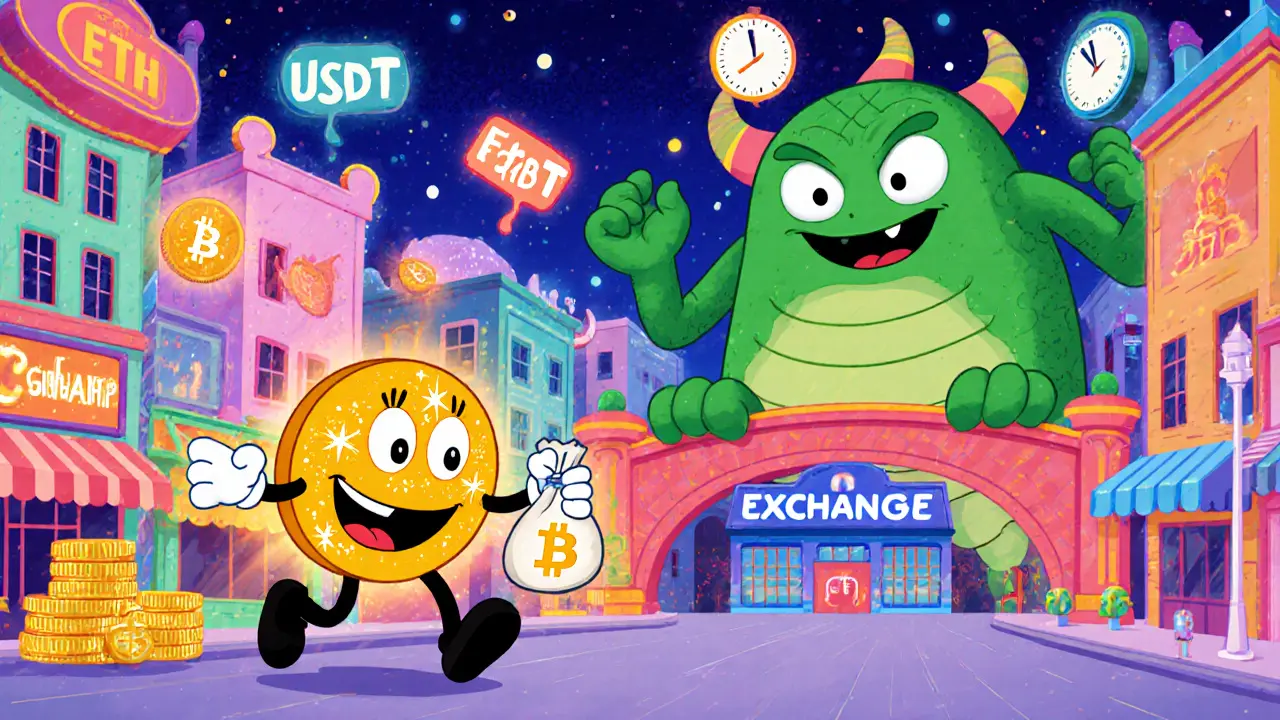

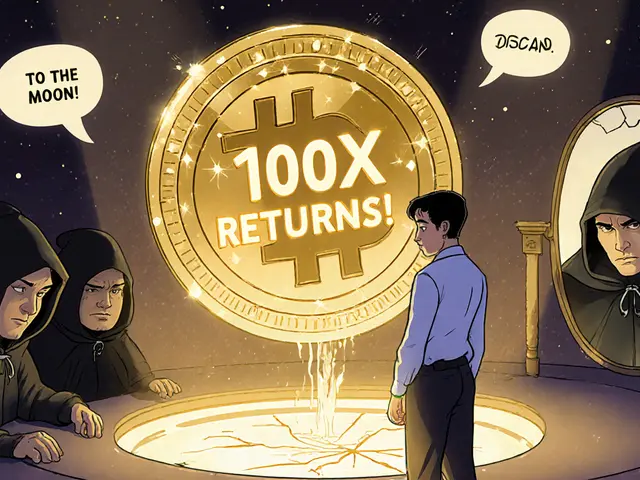
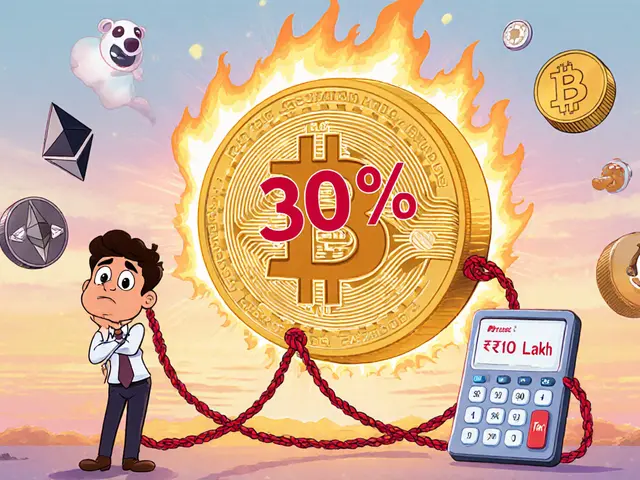
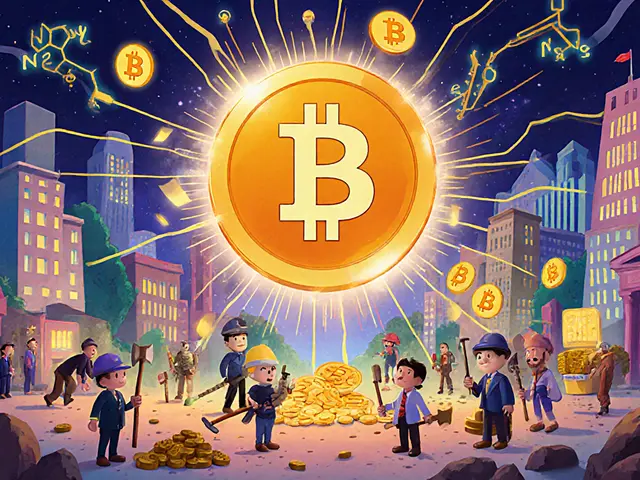

Mike Calwell
arbitrage? more like arbitrage-who-has-time-for-this-lol
Carol Wyss
so many people make it sound so complicated but honestly? it’s just buying low and selling high. like buying snacks at the gas station and selling them to your roommate at lunch 😅
Ninad Mulay
in india we see this all the time with USDT vs USDC on local p2p-people panic sell during rupee crashes and you get 5-7% gaps overnight. no bots needed, just patience and a good whatsapp group 🇮🇳💸
satish gedam
if you’re new to this, don’t jump into triangular arbitrage. start with simple exchange arbitrage between Binance and Kraken. track fees, test with $50, not $5k. i’ve seen too many people blow accounts trying to be a genius on day one. slow wins. 🙌
Nidhi Gaur
flash loans are wild but also terrifying. one glitch in the smart contract and poof-your whole borrowed stack vanishes. i watched a guy lose $200k on a failed arbitrage loop last year. it wasn’t even a hack, just bad gas estimation. 🤯
Jay Davies
you mention cointegration in pairs trading but don’t explain the ADF test. if you’re going to drop statistical jargon, at least define it properly. also, 11% annual returns from 1962–2002? that’s pre-2008, low-volatility markets. current spreads are narrower, fees are higher. your data is outdated.
rahul saha
arbitrage is for the mathematically enlightened. the rest of us? we’re just noise traders chasing memes. but hey, at least we have fun while the algos eat our lunch 🤖🍕
Sean Pollock
you say arbitrage isn’t risk-free but then you talk about flash loans like they’re free money?? bro, if you don’t understand reversion risk, you’ll get liquidated before you even see the profit. also, why are you using ‘pair’ like it’s a relationship? 🤦♂️